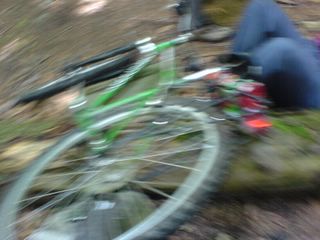What is with these odd coincidences? A short month after reading one historical novel featuring Charles Baudelaire as a character, I find another. This time Baudelaire is the young friend of an aging Daguerre. The inventor of modern photography is losing his mind, the wages of a decade spent in close contact with the poisonous fumes of mercury.
He enters a netherworld of hallucination and paranoia with a bang. The apocalypse is coming, and he has a list of ten things he wants to photograph before the end of the world. The opening scene is impressive: it begins "When the vision came, he was in the bathtub' and cascades from there. The last item on Daguerre's list is Isobel Le Fournier, the love of his life, who married another man after a childhood romance. Ghosts of the past rule Daguerre's mind as he becomes less and less functional. He obsesses about his youth and loss of Isobel's love. After finding her daughter in Paris working as a prostitute he pays her to pose for him over and over again.
Flashbacks from his early life make up a large part of the book; Daguerre's early life is, alas, much more exciting than his decay among the riots and debauchery of modern Paris. I found the addition of Baudelaire as a character distracting and unnecessary. His work didn't play a part, and his famous mistress Jeanne Duval, featured so prominently in The Salt Roads, was missing. Why was he Baudelaire?
I think I prefer my historical novels, if they feature real people like Daguerre and Baudelaire, to be more firmly rooted in fact.
Subscribe to:
Post Comments (Atom)

No comments:
Post a Comment